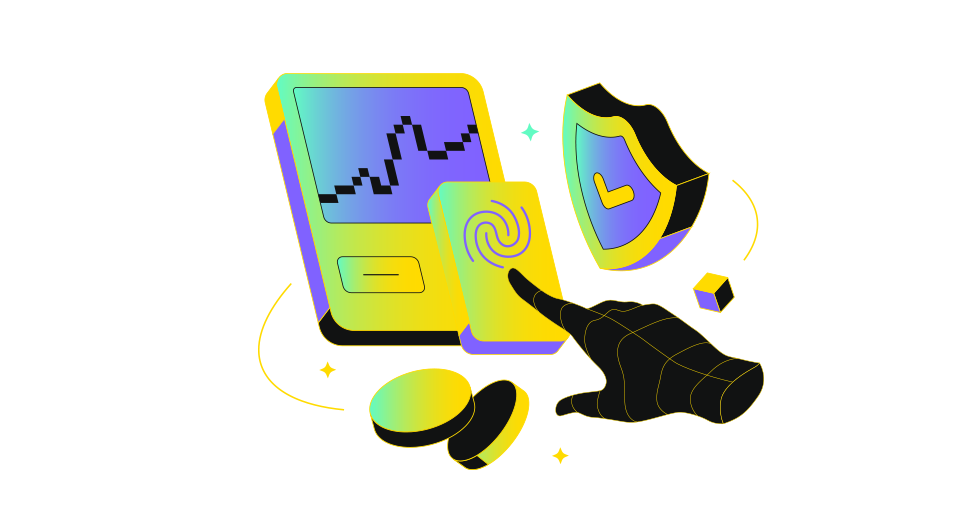線上客服
客服團隊
剛剛
親愛的 LBank 用戶
我們的線上客服系統目前遇到連線故障。我們正積極修復這一問題,但暫時無法提供確切的恢復時間。對於由此給您帶來的不便,我們深表歉意。
如需幫助,您可以透過電子郵件聯繫我們,我們將盡快回覆。
感謝您的理解與耐心。
LBank 客服團隊
Maximal Extractable Value (MEV) has become one of the most powerful — and contentious — features of blockchain economics. Although frequently discussed in the context of arbitrage and sandwich attacks, one of its most far-reaching implications is in the distortion of validators’ and miners’ incentives. These are distortions that directly impact network security, decentralization and the long-term health of the ecosystem itself.
Here we will explore how MEV is redefining the way validators (miners, stakers, etc.) act and why it challenges blockchain fairness, as well as the efforts being taken in the industry to curb it.
Rewards are paid to validators and miners via transaction fees in more traditional systems and also via block rewards. They do want is simply to append blocks to the chain and protect it. But MEV creates a new kind of way to make money: the ability to re-order, add or remove transactions to profit even more.
This is to say that the most profitable does not always lead to honest block production. Instead, it often arises out of transaction ordering manipulation; partnerships with sophisticated MEV searchers; or running sophisticated infrastructure to extract arbitrage profits.
Validators/miners might be motivated to pursue MEV revenue over network security. This causes a misalignment of incentives as short term gain is put above fixing the long term stability of the chain.
It’s difficult to mine MEV because it requires you to be in possession of sophisticated instruments, such as high-frequency trading bots, private relays or customized block constructors. All of this leaves the little guy in the dust, as the big validators and mining pools are consolidating power in order to capture their own MEV opportunities.
At worst, MEV can reward bad behavior (such as time bandit attacks, in which validators race to reorganize a chain to capture the missed MEV of a block). *No, this rather messes up the immutability and trust thing of the blockchain.
Validators might prefer to include transactions that yield more MEV even at the cost of users.lippcruft This can result in filtering of low value transactions, or in transactions arbitraging feed prices being given preferential treatment, both of which dilute network fairness.
Here are some ways the blockchain community is exploring to better align validator and miner incentives with network health:
Competition for validator and miner rewards due to MEV is one of the most fundamental problems in blockchain design that have gone largely unaddressed. MEV is not bad in and of itself, but left unmanaged, it takes the path of least resistance toward centralization, inequity, and an insecure network.
The fate of decentralized networks will depend on striking a balance between profitability and fairness and resilience. Rethinking incentives, fair ordering, and building in a protocol-level defense against MEV can help the industry defend against distortions of this kind while still realising the efficiency gains from MEV.
Disclaimer: The content created by LBank Creators represents their personal perspectives. LBank does not endorse any content on this page. Readers should do their own research before taking any actions related to the company and carry full responsibility for their decisions, nor can this article be considered as investment advice.




剛剛
親愛的 LBank 用戶
我們的線上客服系統目前遇到連線故障。我們正積極修復這一問題,但暫時無法提供確切的恢復時間。對於由此給您帶來的不便,我們深表歉意。
如需幫助,您可以透過電子郵件聯繫我們,我們將盡快回覆。
感謝您的理解與耐心。
LBank 客服團隊